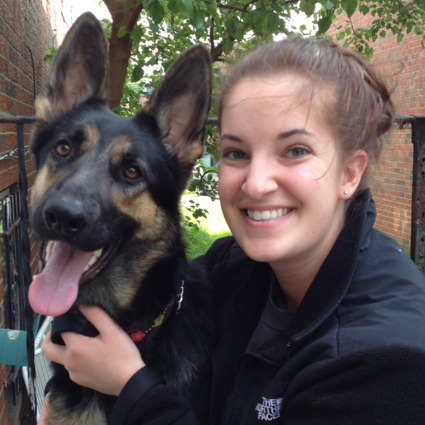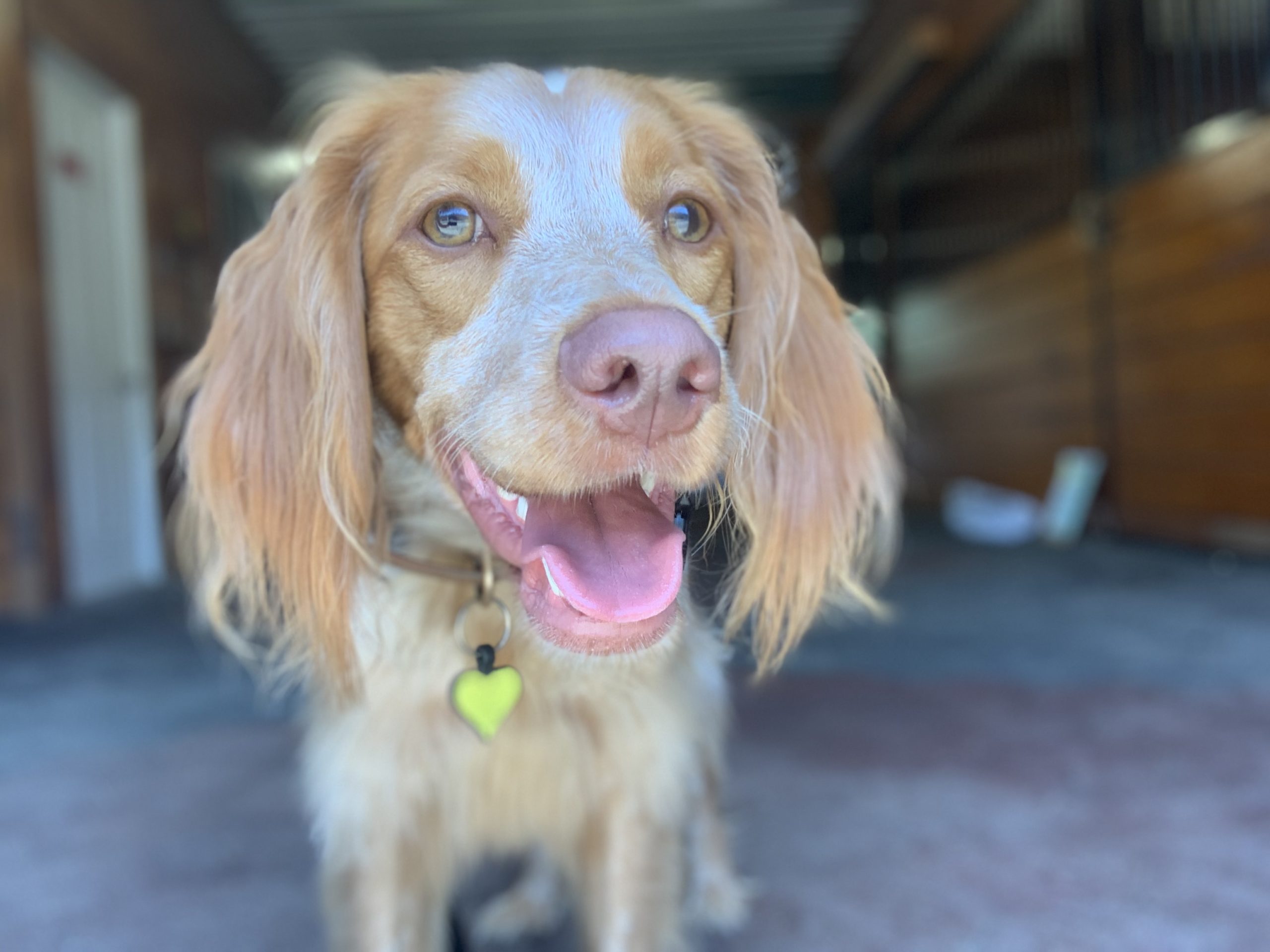We are so happy that you are taking obedience classes! As much as we love having you and your dog in class, how are you doing at home? Typically, when we sign our dogs up for obedience class, it’s because there are some undesirable behaviors going on at home that need to get fixed. Once we start obedience classes,we have the tools to communicate and work with our dogs. The problem most of us face is that our dogs perform perfectly in the classroom, but not so much at home (where we really need them to be good!). This can be very frustrating, and can cause us to give up on training. But wait, there is hope! We are going to talk about some tips to help get our dogs to listen not only during class, but wherever you go!
Step 1: Practice
If you only work on training during training class it’s not going to work. Make sure to set aside time every day to practice what you have learned in class. You can even practice in little bite-sized chunks when you are not in an official training session. Use opportunities throughout the day to work your dog. Have them sit before you feed them, sit to wait for a leash to get clipped on or off, sit before the door opens, sit before just about anything your dog wants access to! This is an easy way to instill that waiting politely gets your dog access to the things they want. It also is a great way to provide reinforcement for the good behaviors, without having to keep a treat in your pocket at all times.
Step 2: Get the treats out of your hands
I’m not saying to ditch the treats just yet! However, your dog should not need to see a treat in your hand in order to perform a behavior. First things first, keep your treats in your treat pouch or an easily accessible container, instead of loading them up in your hands. We are in the business of providing reinforcement for jobs well done, not bribery!
Next, make sure you have a clear line of communication to your dog. Make sure they know when they perform a task correctly they will be reinforced with a tasty treat. This is the foundation we teach in class referred to as marker based training. Whether you use a clicker, or a “yes,” your dog should have a clear understanding the marker means reinforcement is coming. The better your timing is in implementing the marker, the better your dog will be at performing the desired behavior!
Step 3: Proof it!
Practicing at home is great. Practicing everywhere you can think of is better! To really get reliable behaviors out of our dogs, we need to make them bullet proof. We do this by working on different aspects of each behavior, including: distance, duration, and distraction.
When your dog knows a behavior well enough they can do it reliably on cue at home, it’s time to make it harder! Make sure your practice includes an element of increasing one of the following areas:
Distance – How far away can you be from your dog when you ask them to do a behavior? Do they have to be right next to you, or can you ask them to do something from far away?
Duration – How long can they maintain the behavior?
Distraction – Can they perform the behavior while distractions are happening around them in any environment?
To set your dog up for success, make sure you only make one of these aspects harder at a time! Asking your dog to sit while twenty feet away from you and hold it for five minutes while at the dog park, is going to be an unrealistic challenge to start with! Break it down into small steps.
Step 4: Fade out the treats
As the behaviors become more natural for your dog, you don’t have to use treats (primary reinforcement) as much, and can use other things your dog likes instead (secondary reinforcement)! When your dog can perform basic behaviors at home, or in low distraction environments, start rewarding them with other things. Save your treats for the tougher jobs which involve increasing the distance, duration, and distraction.
By taking a systematic approach to training, we can move quickly to get our dogs performing reliably. Set up a practice plan, have a clear line of communication and proof each behavior. Above all, have fun! Training should be fun for both you and your dog, and you will certainly see better results if practice is fun. Stick with training, and you are well on the way to a harmonious home life with your best pal!
-Dana Vachon, CPDT-KA


